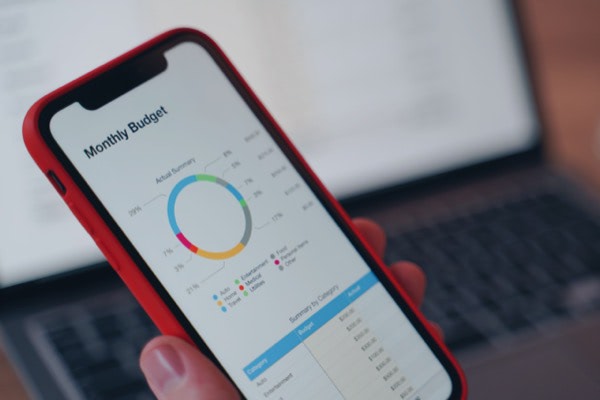Should you refinance your mortgage this winter? In this post, we discuss some key items to consider before making this decision.

What is bridge financing and how can it help?
Bridges have been around for centuries with some of the earliest bridges still in use. They have been used by people for years to overcome physical obstacles, like canyons and bodies of water. In other words, bridges connect the gap between two pieces of land that could not be easily accessed otherwise. The design and construction of the bridge will depend on the obstacle it is trying to overcome and a specific situation. Some may be suspended over a body of water, while others arch over a canyon or valley. Some of the first bridges, made of stepping stones and trees, were used to walk over marshlands. When it comes to home buying, a bridge loan is a financing option used to “bridge” the gap on the sale of an old home and purchase of a new home.
What is a bridge loan?
A bridge loan is a financing option for homeowners that the sale of an existing home closes after the purchase of the new home. It’s rare that the first home we buy is the one we will be in for the rest of our lives. We often use our first home as a stepping stone into our dream home. To cover the down payment of a new home, homeowners may choose to use the equity from their current home. In some cases, the purchase of a new home may happen before the sale of your old home. For example, the new home may close on June 20th and the current home may close on July 15th.
In hot housing markets, bidding wars are common. This causes home buyers to make swift decisions and attractive offers in order to secure the property. However, this can leave homeowners scrambling to cover the down payment of their new home while their existing home has yet to close. A bridge loan links the gap between the sale and financing of the two properties.
Who offers bridge financing?
Depending on the situation, homeowners have a few different options at their disposal. For two properties that have set closing dates, the process of qualifying is relatively easy. Homeowners provide lenders with a copy of the Sale Agreement and Purchase agreement to lenders. Major banks, like TD and Scotiabank, will offer bridge loans to their borrowers that provide the documentation for both. Borrowers that don’t have a set selling date for their current home may need to go through a private lender. Many major banks require the documentation for the sale of the two properties in order for a borrower to qualify. Discussing your situation with a mortgage broker can help find a lender, whether traditional or non-traditional, that will cater to your specific needs.
How much is offered?
The amount and time given for a bridge loan vary per lender and situation. On average, a lender will offer up to $200,000 for a maximum of 120 days. Let’s envision the sale of two properties. The closing date for your new property is 30 days away and the closing for your current home is 80 days away. This leaves a gap of 50 days between the closing of the two properties. A bridge loan will finance the equity for the 50 day period between the closing of the two properties. However, some borrowers may find themselves needing more financing or a longer period. A lender will evaluate the borrower’s unique situation, to determine if they qualify for a longer period of time or larger loan.
Possible Disadvantages
While bridge loans can allow homeowners to use the equity from their current home, they can vary in cost. Generally, the interest on a bridge loan is more expensive than a conventional mortgage. It is similar to the interest rate for a line of credit, but for a shorter period of time. The shorter loan period can often offset the higher interest rate and make the cost manageable. Bridge financing, like any loan, carries administration fees from the lender. A more complicated bridge loan will mean that the fees are higher. Moreover, a bridge loan carries a higher risk, and a higher interest rate, when there is no guarantee of a sale.
A homeowner is basically taking on a new loan with a higher interest rate. Paired with no guarantee that the current home will close during the loan period, this can increase the risk a homeowner carries. A bridge loan can also reduce the value of the current home. A property may not sell as quickly as you want it to, or at the price you want it to. This can cause you to reduce the asking price on the property in order to speed up the sale. A bridge loan essentially is a gamble that homeowners take where they anticipate their property to sell at a specific price.
You have options
A bridge loan is a tool available to homeowners that need to link the gap between the sale of two properties. Each borrower has a unique financial situation, much like the different physical obstacles. This requires a lender to cater to the borrower’s specific needs and situation, like the design and architecture of each bridge. When looking to discuss if a bridge loan is an option for you and the different financing options available to you, talk to an unbiased mortgage professional. When looking to bridge the gap between homes, give us a call at Centum Home Lenders! You can reach us at 506-854-6847 or get in touch with us here!


